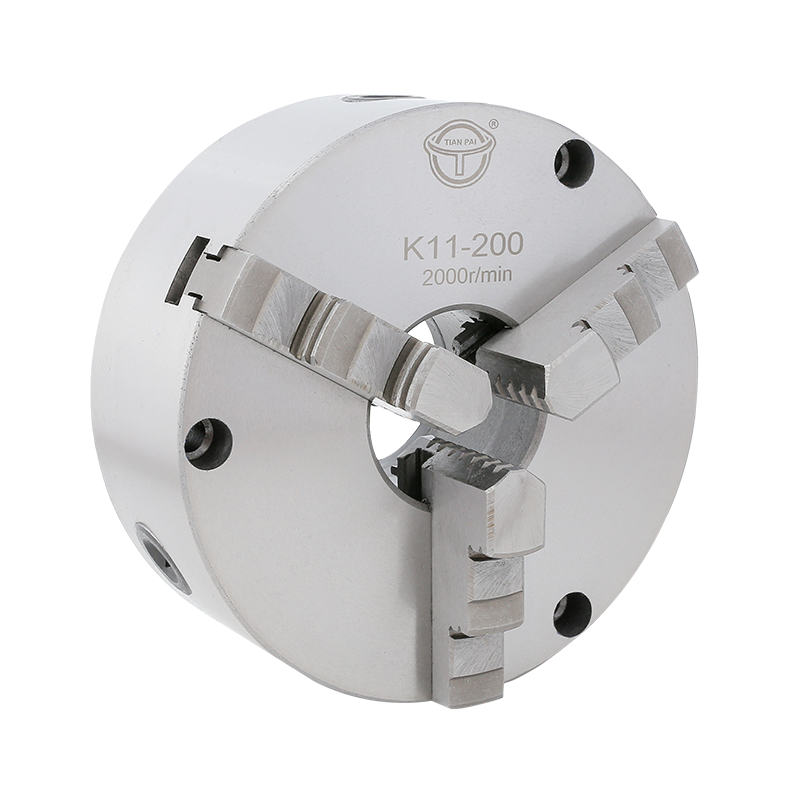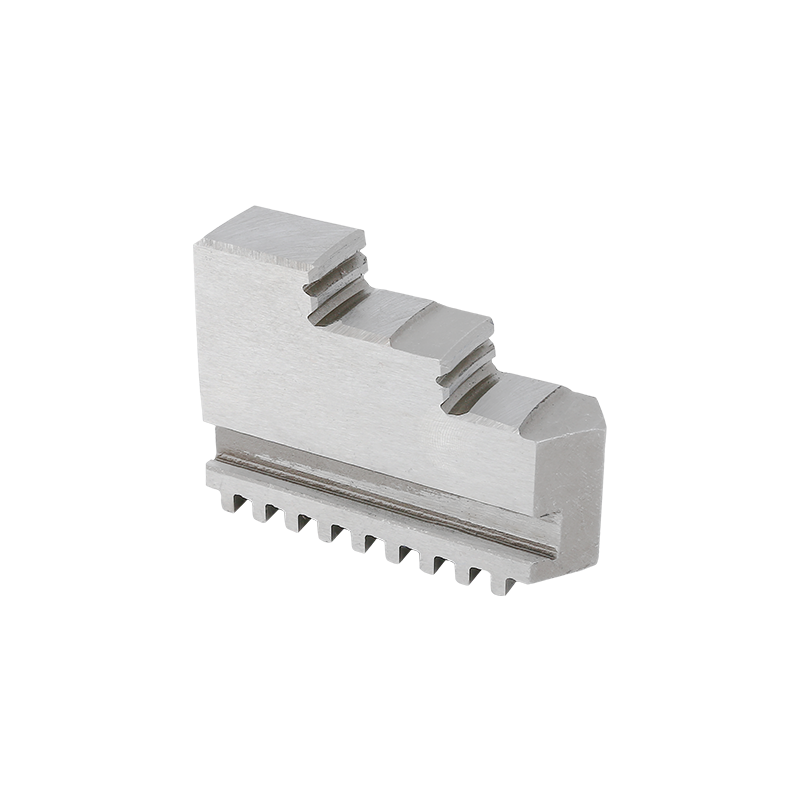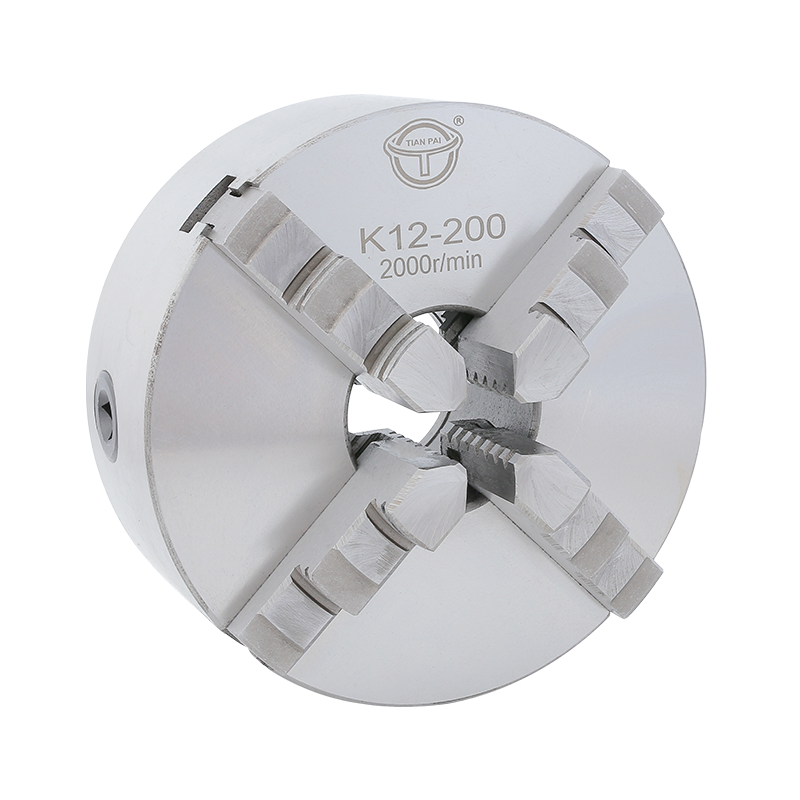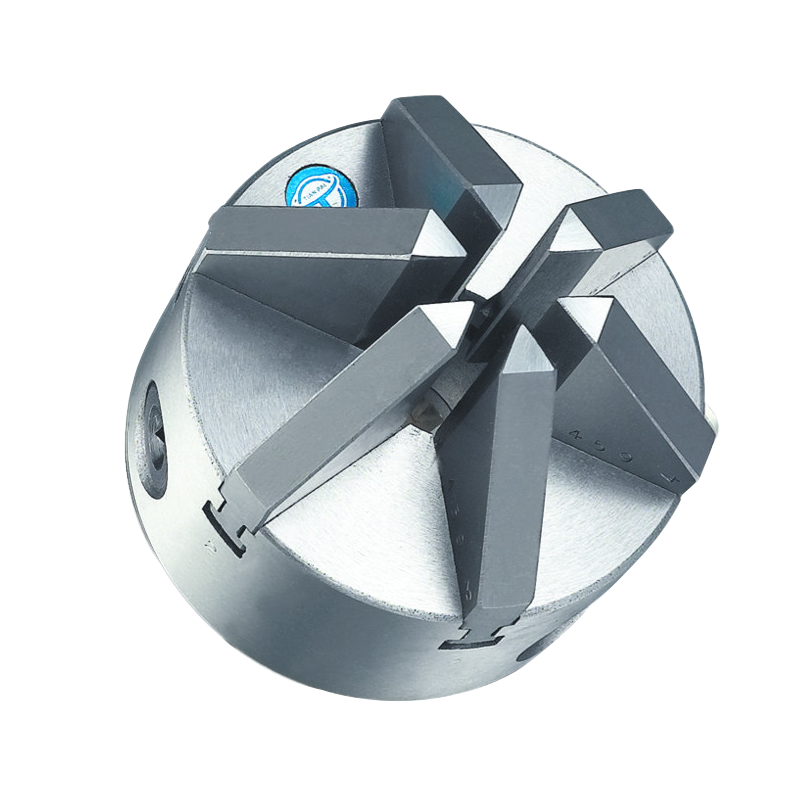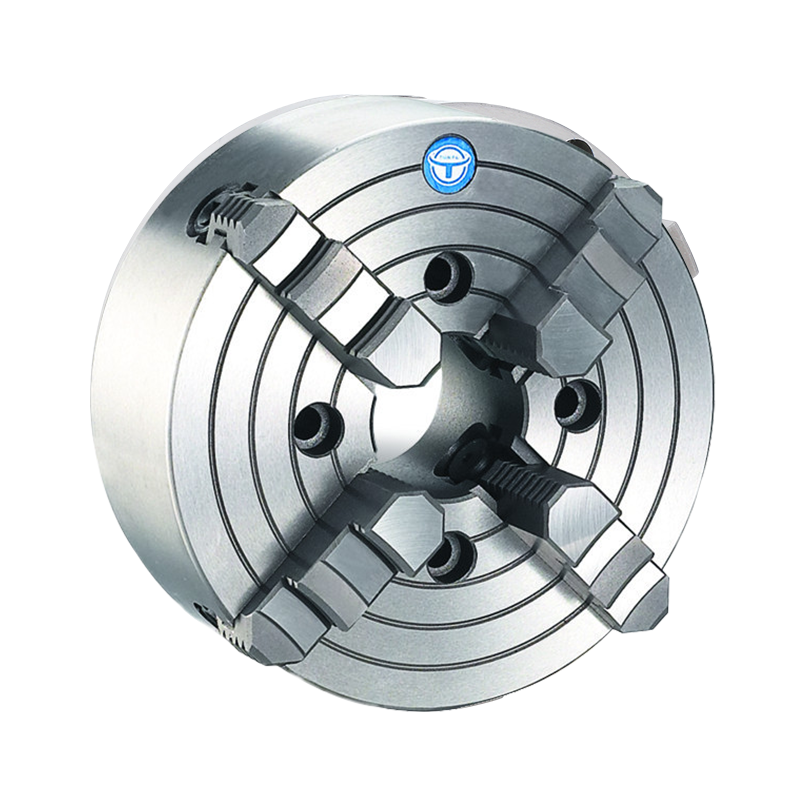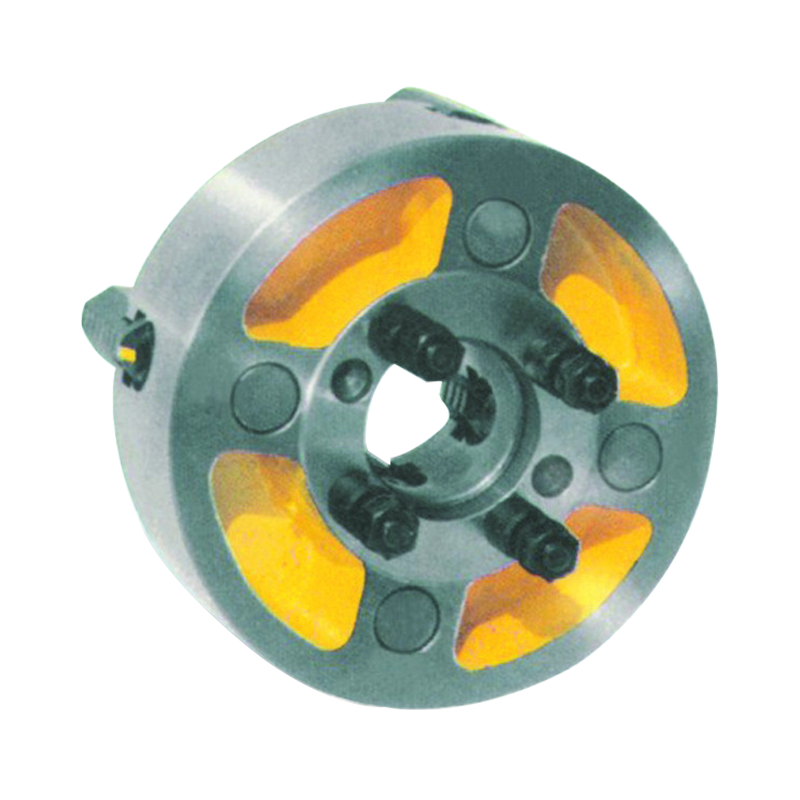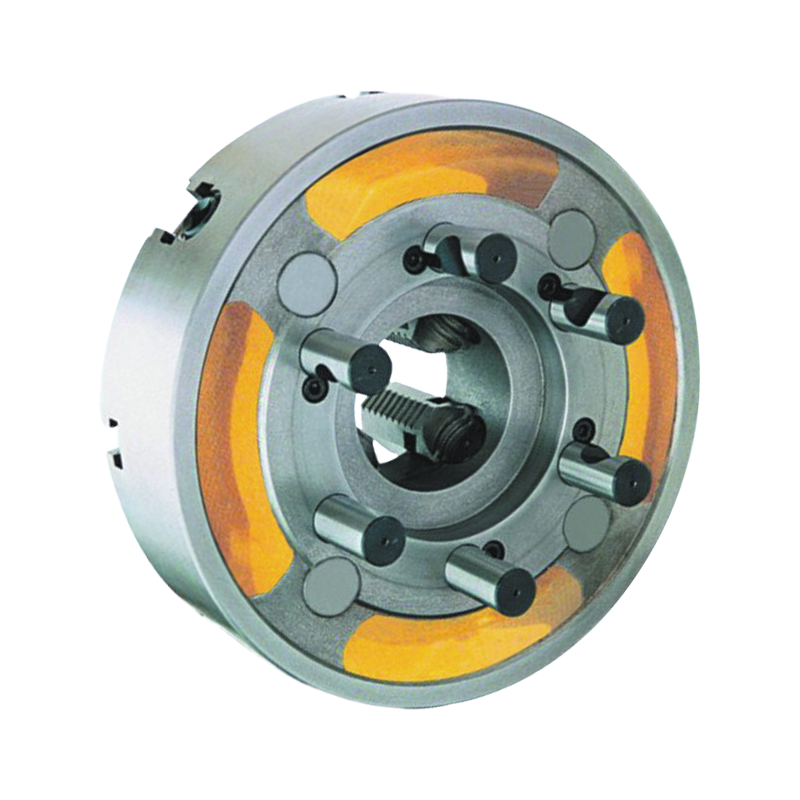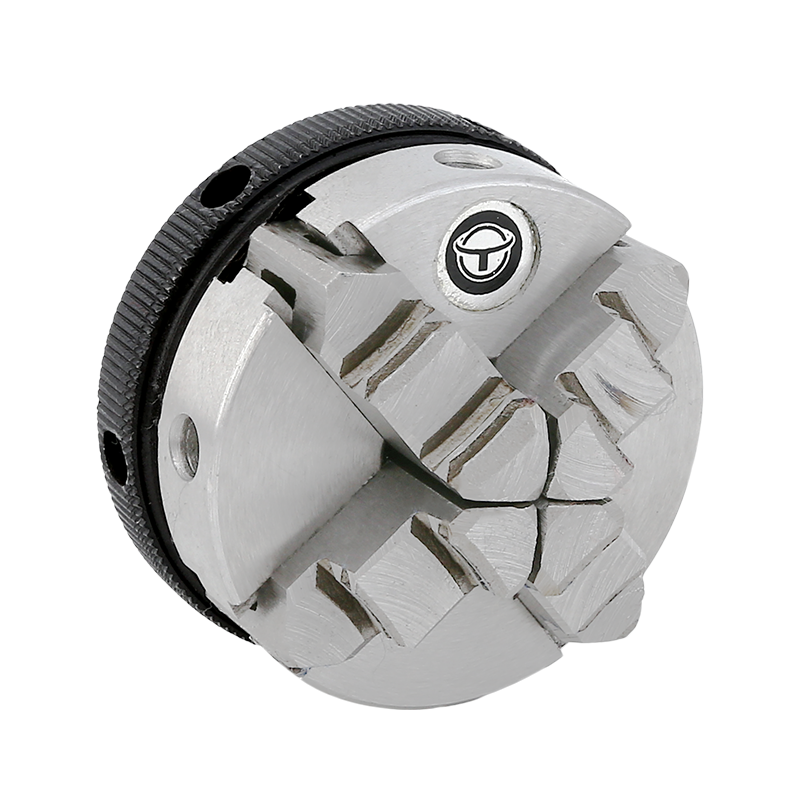Our company is a professional chuck manufacturer with more than 40 years of practical experience. In the manufacture of machine tool chucks, it has strong independent development capabilities and unique manufacturing and processing technical strength.
Manually operated chucks are fundamental components in machining processes, serving as the interface between the workpiece and the machine tool. Their primary function is to securely hold and position the workpiece, allowing for accurate and controlled machining operations. Whether in metalworking, woodworking, or other precision industries, the versatility of manually operated chucks makes them indispensable for a wide range of applications.
One of the standout features of manually operated chucks is the precision control they provide to machinists. The ability to manually adjust and position the chuck ensures meticulous alignment of the workpiece. This level of control is particularly crucial in applications where minute adjustments can significantly impact the quality and accuracy of the finished product. Machinists rely on the tactile feedback and precise adjustments offered by manually operated chucks to achieve optimal results.
Manually operated chucks exhibit remarkable adaptability to diverse workpiece sizes and shapes. Machinists can easily adjust the chuck jaws to accommodate different diameters and configurations, making these chucks suitable for a wide array of projects. This versatility is a key factor in the widespread use of manually operated chucks across industries, allowing machinists to handle various workpieces without the need for specialized tooling.
In certain machining operations, especially those involving small-scale production or prototyping, manually operated chucks offer a level of efficiency and cost-effectiveness that automated systems may struggle to match. The simplicity of operation, coupled with the ability to quickly change and secure workpieces, makes manually operated chucks ideal for scenarios where frequent setup changes are required.
Achieving the right clamping force is critical in machining to prevent workpiece slippage and ensure stability during cutting or shaping processes. Manually operated chucks provide machinists with direct control over the clamping force applied to the workpiece. This hands-on approach allows for a nuanced and customized application of force, catering to the specific requirements of different materials and machining operations.
While automated systems have their merits, the cost-effectiveness of manually operated chucks cannot be overlooked. In terms of initial investment, maintenance, and ease of use, manually operated chucks often present a more economical solution for certain applications. This makes them particularly attractive for small to medium-sized businesses and workshops seeking reliable machining solutions without breaking the bank.
The operation of manually operated chucks requires a certain level of skill and expertise. Machinists who master the art of using these chucks develop a deep understanding of workpiece dynamics, clamping principles, and machining nuances. The hands-on nature of manually operated chucks contributes to the cultivation of valuable skills among machinists, fostering a workforce capable of adapting to a range of machining scenarios.
In addition to their widespread use, manually operated chucks find a niche in specialized applications. Certain machining tasks, such as the production of intricate parts or the machining of materials with unique characteristics, benefit from the personalized control and adaptability that manually operated chucks provide. In these scenarios, the precision and hands-on approach become paramount, making manually operated chucks the tool of choice for achieving exceptional results.
Manually operated chucks stand as enduring pillars in the world of machining, offering precision, adaptability, and control that remain unmatched in certain applications. While automation continues to shape the landscape of manufacturing, the unique characteristics of manually operated chucks make them indispensable tools for machinists seeking a balance between precision, efficiency, and cost-effectiveness.

 English
English 简体中文
简体中文
